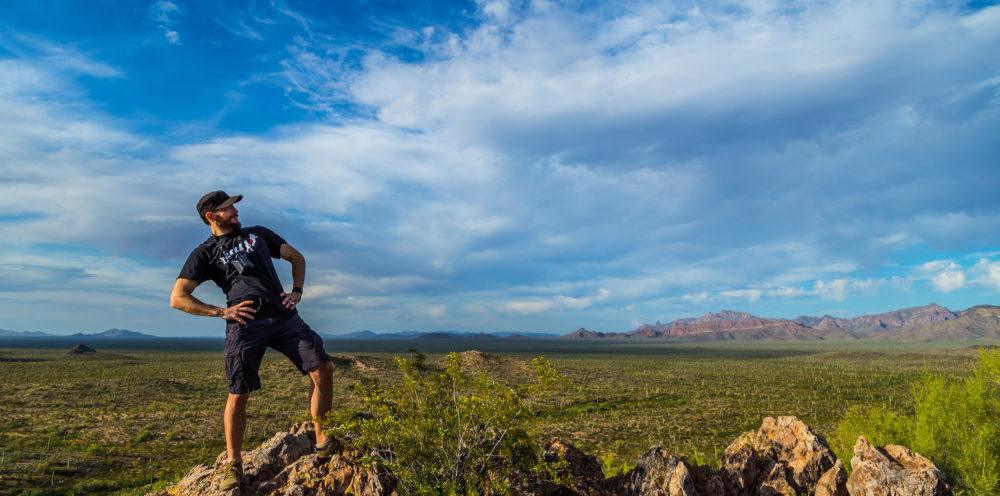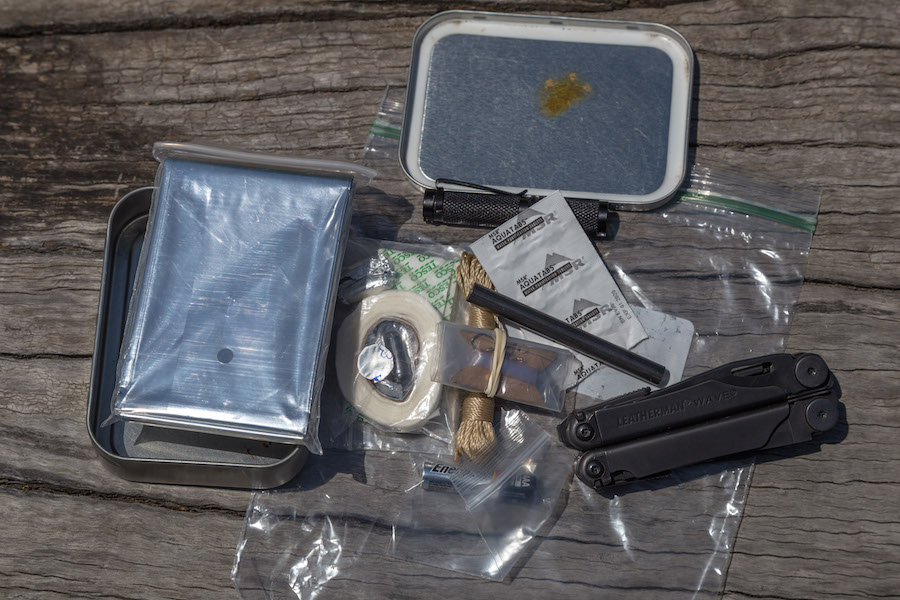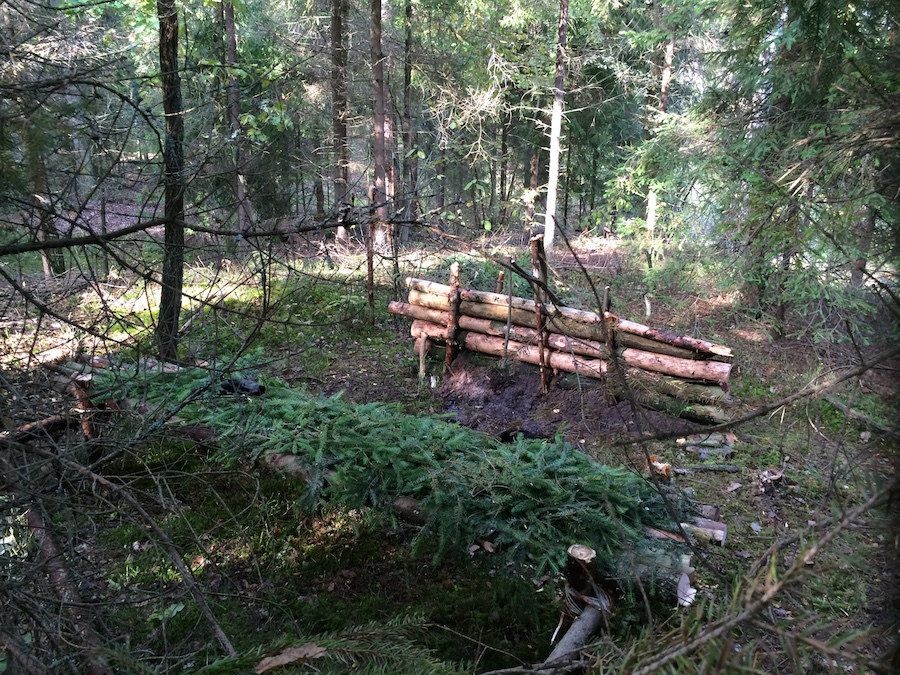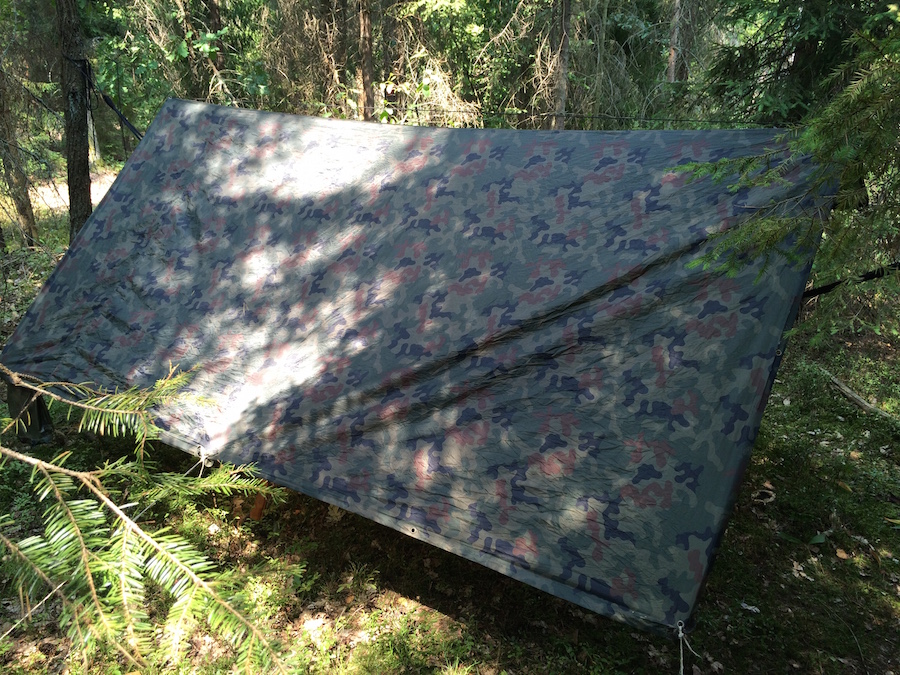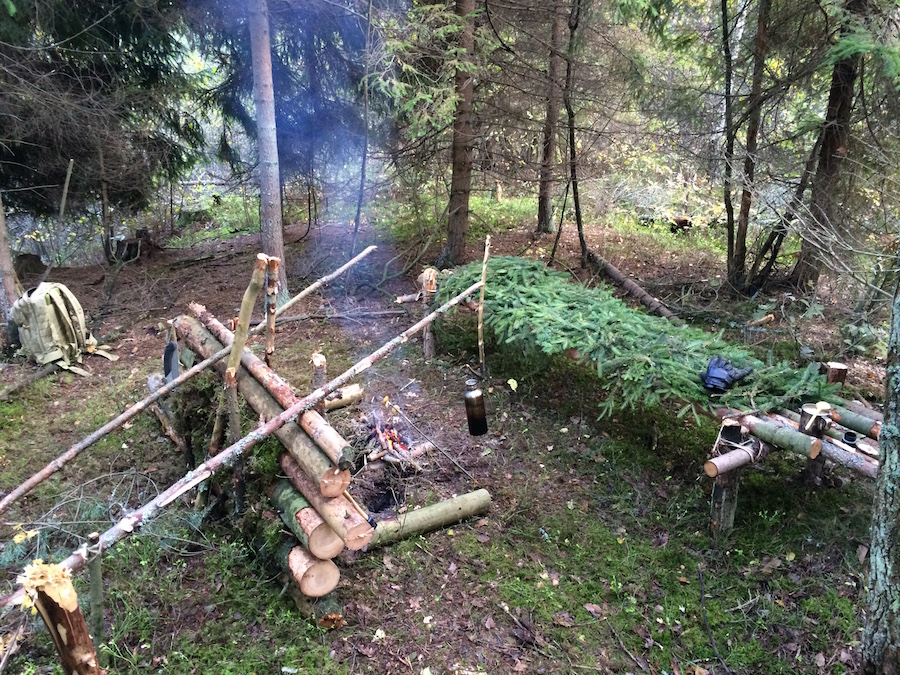It’s always a good idea to stick to basics like the 5 Cs of survivability by Dave Canterbury. It’s good to remember that hypothermia kills before dehydration, which kills before hunger. Also, I’d strongly recommend taking a map, a compass and learning some basic navigation skills before going on a solo hike. But relying solely on this kind of ‘wilderness insurance’ sometimes isn’t enough.
Many survival manuals will list fire as one of the most important things you should think of when lost or forced to stay in the field longer than you planned. I understand that and often practice starting fires in many different ways as well as building various fire types for different applications. But that doesn’t mean you can’t survive a short episode without a fire. In fact, sometimes you may have no choice.


Areas such as deserts or high mountains will often have little or no firewood to keep you warm on cold nights
I’ve seen many examples of experienced survival and bushcraft instructors failing to make a fire, sometimes even with a ferro rod. It was either too wet or they didn’t have enough firewood, and it took them longer than most people would be willing to go without a fire in such conditions. Sometimes you’re simply unable to light a fire. At least as quickly as you need it.


Moorland, sea shore and open sea survival can be equally challenging when it comes to keeping warm using fire
That’s why I don’t make lists. I try to learn to react and respond to changes as they happen. And that is also why I decided to take on the ’48h with a survival tin’ challenge created by a friend of mine from Bushcraft Poland. The challenge is simple – survive 48 hours with just your clothes, a small pocket size survival tin and a 3″ knife/multitool, covering at least 10 miles in the process.
Let’s imagine for a moment my car broke down far from civilization, I have no reception, no backpack and only a rough idea on how to get back by following the unpaved road I drove before I got stuck.
This is obviously just a funny little competition using an imaginary scenario. But it’s a good training and reality check at the same time. I’ve already heard people claiming that 48 h is way too short and you can go without water, food and sleep for two days straight. Great! I’d like to see you try 🙂 I’m not implying it would be impossible. I’m just pointing out that saying is not the same as doing and that not drinking, eating and sleeping at home may be ‘a little’ different from trying the same trick when lost out in the field.
Another problem with such approach is that in real life you can’t be sure when or even if you’re going to be rescued. Even having a beacon or a satellite phone does not guarantee good weather, suitable for helicopters or ground team to find you in time. In this light, sitting on your butt, waisting your time for two days may not be the best strategy. It wouldn’t be a bad idea in a desert, if you had no idea where to go but knew someone’s eventually coming for you. After all, in desert survival staying put is usually your best bet anyway.
In most other cases, a much better idea would be to have your survival tin full of fire starters and relying on fire for water purification, cooking, warmth and signaling. Good solution but I want to kick it up a notch and go without fire altogether, to see how difficult it would really be. We know it can happen, at least for some time, so why not find out how bad it can really get? That obviously means no proper food either. I ain’t eating raw meat if I don’t have to, and raw plants are not really gonna provide enough calories unless you’re willing to spend 8 hours a day on munching like a gorilla.
What about water? Well, I’ll pack my tin in a 2 litter plastic bag and use it to purify water with tablets. How am I gonna keep warm at night? By walking until it gets bright and warm again, and only resting by day. I can try and not eat but I’m not intending to go two days without sleeping. Combined with lack of food, this could get me in serious trouble causing hallucinations or nervous breakdown.
Apart from keeping me warm, walking at night will help conserving water and protect me from the heat. But I can only do that because I’m following a road and have a flashlight with a good supply of batteries. Trying to walk at night in thick forest with no visible trails and no sense of direction would be close to suicide.
I will also have a space blanket to use as an improvised shelter in case of rain. Nothing else I have at home fit’s the tin as nicely as that. Besides, the Mylar blanket can also provide some protection from cold weather should I need it.
So let’s find out how hard it is to fast for two days, catching only a few hour mid-day naps, drinking stinky water, while traveling at night.
